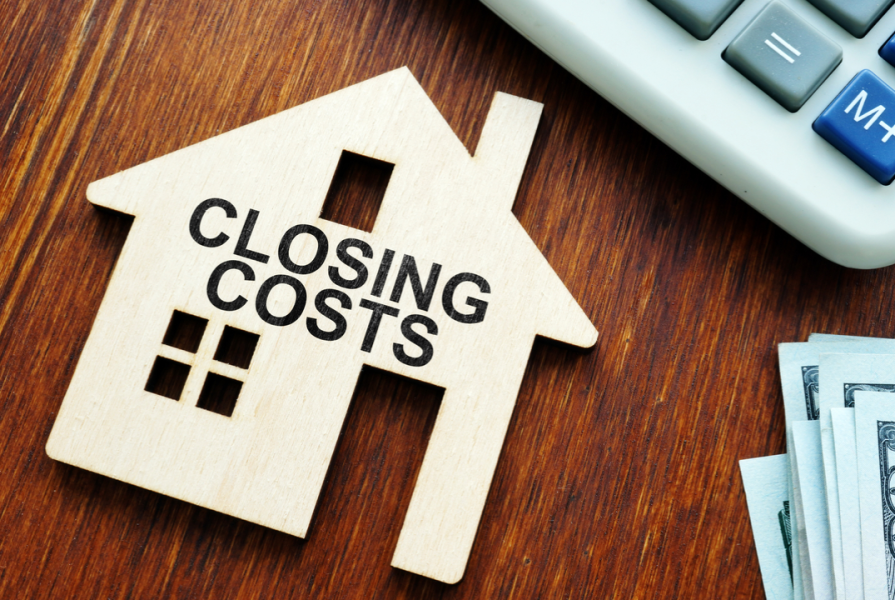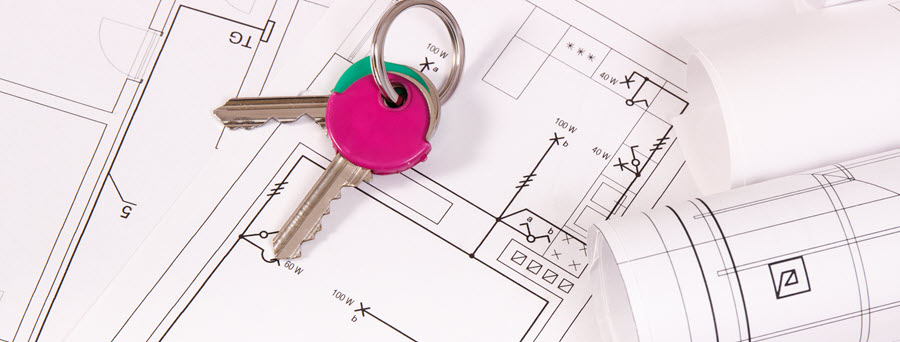Navigating the landscape of mortgage rates can be a daunting task for potential homeowners. Understanding…
How Much Mortgage Can I Afford?
Welcome to our comprehensive guide on calculating how much mortgage you can afford. Buying a home is a significant financial decision, and it’s crucial to determine a comfortable and sustainable mortgage amount. By following the steps outlined below, you can assess your financial situation and gain clarity on what mortgage fits your budget. Remember, responsible financial planning is key to securing your dream home without compromising your financial well-being.
Step 1: Assess Your Monthly Income
The first step in calculating your affordable mortgage is evaluating your monthly income. Take into account all sources of income, including your salary, bonuses, commissions, and any other steady sources of funds. For accurate results, use your after-tax income, as it reflects the amount you take home each month.
Step 2: Calculate Your Debt-to-Income Ratio (DTI)
Your debt-to-income ratio (DTI) plays a vital role in determining how much mortgage you can afford. It represents the percentage of your monthly income that goes toward paying off debts. To calculate your DTI, sum up all your monthly debt payments, such as credit card bills, student loans, car loans, and any other obligations. Divide this total by your monthly income and multiply by 100 to get the percentage.
Generally, lenders prefer a DTI ratio below 43%, although some may accept slightly higher ratios based on the overall financial picture.
Step 3: Factor in Down Payment
A down payment is a substantial upfront payment made toward the purchase price of the property. Typically, a higher down payment means a lower mortgage amount and monthly payments. As a rule of thumb, a down payment of 20% is often recommended to avoid private mortgage insurance (PMI) and secure better loan terms. However, there are various loan options available, allowing for smaller down payments, which might suit your situation.
Step 4: Consider Other Housing Costs
Beyond the mortgage payment, there are additional costs associated with owning a home. Factor in other housing expenses such as property taxes, homeowners’ insurance, and potentially homeowners’ association (HOA) fees. These costs can vary based on your location and the property you are considering.
Step 5: Use a Mortgage Affordability Calculator
Now that you have gathered all the necessary information, use our mortgage affordability calculator. These tools consider your income, debts, down payment, and other housing costs to estimate the maximum mortgage you can afford.
Step 6: Account for Emergency Funds and Savings
Avoid stretching your finances too thin by leaving room for emergency funds and savings. Unforeseen expenses can arise when you own a home, such as repairs, maintenance, or job changes. Maintaining a savings cushion ensures you have the financial flexibility to handle unexpected situations without risking defaulting on your mortgage payments.
Step 7: Consult with a Mortgage Specialist
While online calculators provide a good estimate, it’s essential to consult with one of our mortgage specialists to get a more personalized assessment. We’ll offer insights into available loan options, interest rates, and assist you in making an informed decision that aligns with your long-term financial goals.
Conclusion
Calculating how much mortgage you can afford is a crucial step in the home-buying process. By carefully assessing your monthly income, debt-to-income ratio, down payment, and additional housing costs, you can find a mortgage that fits your budget while maintaining financial stability. Remember to account for emergency funds and consult with professionals to ensure a well-informed decision on one of the most significant investments of your life.






